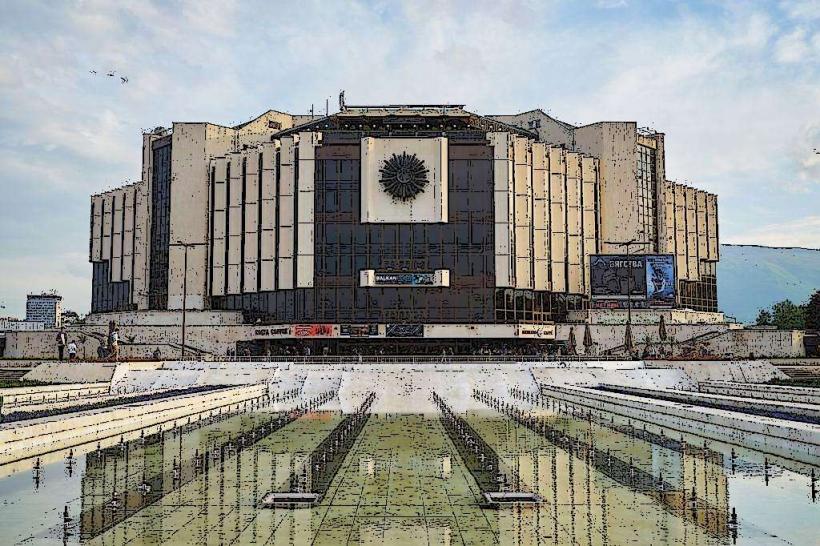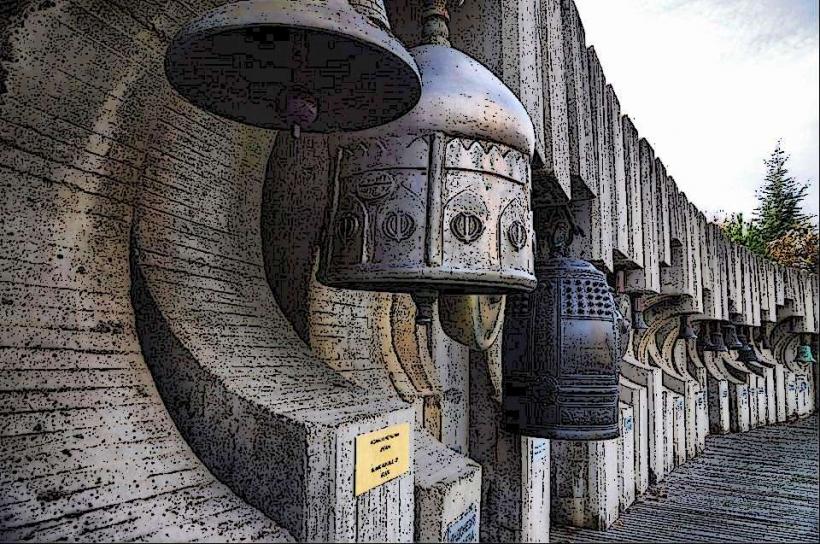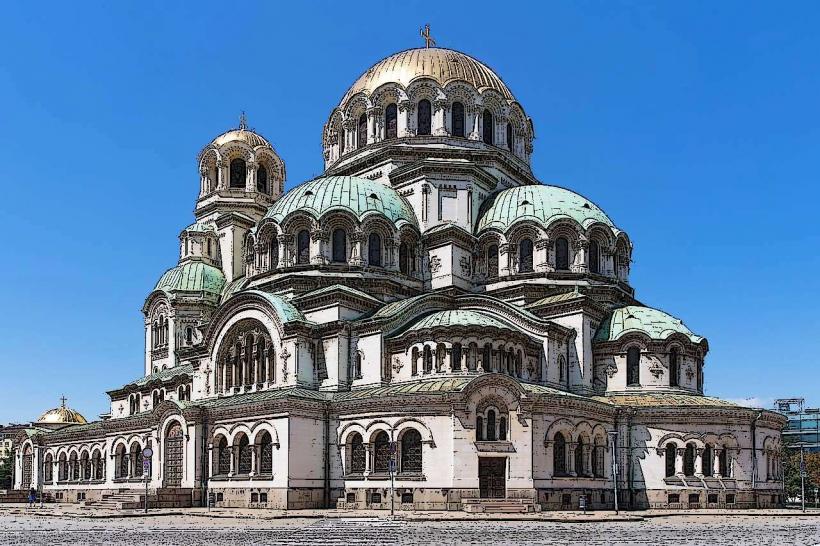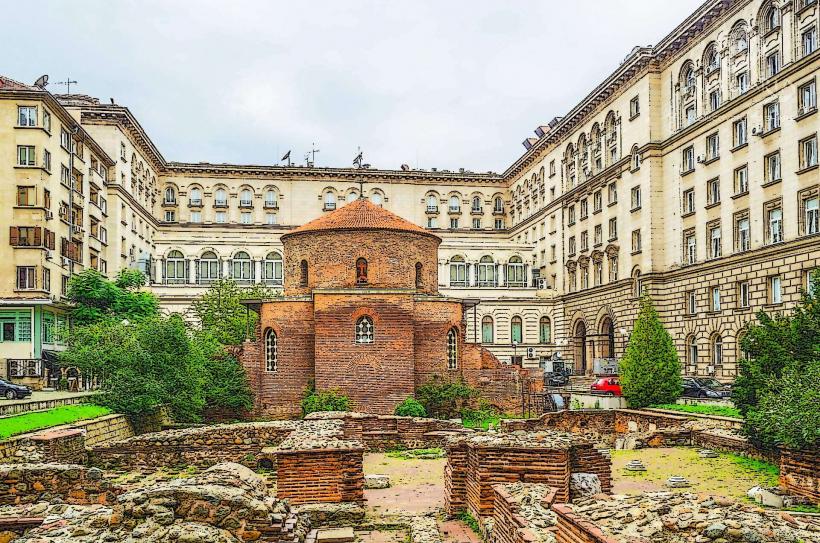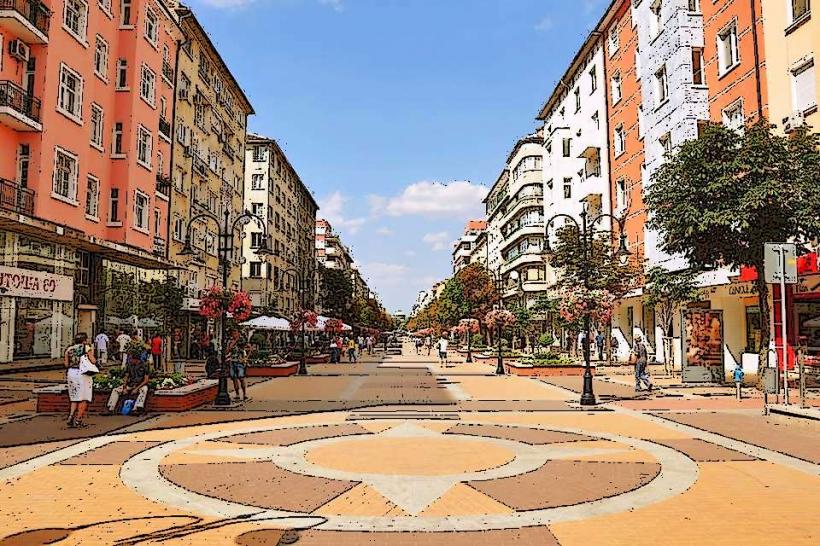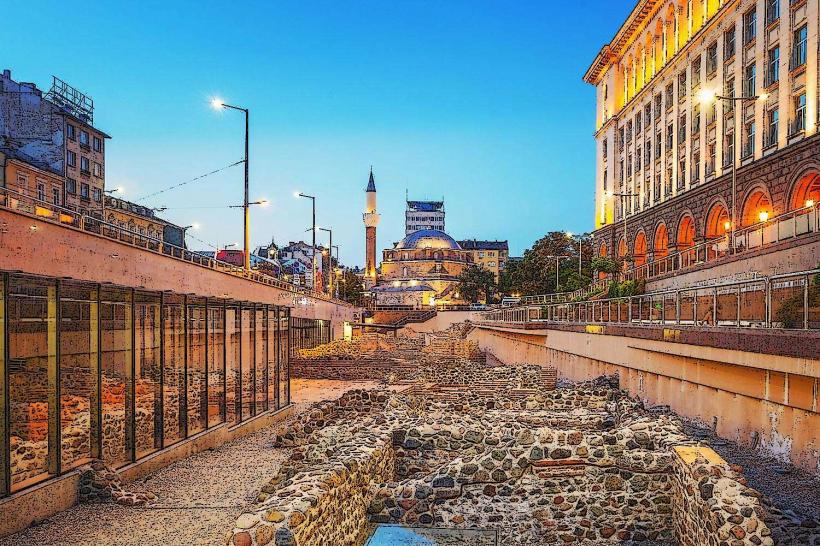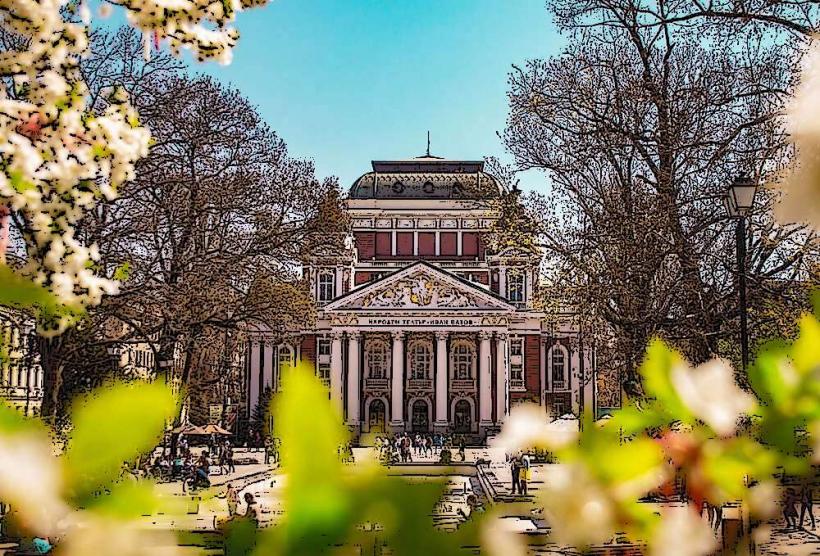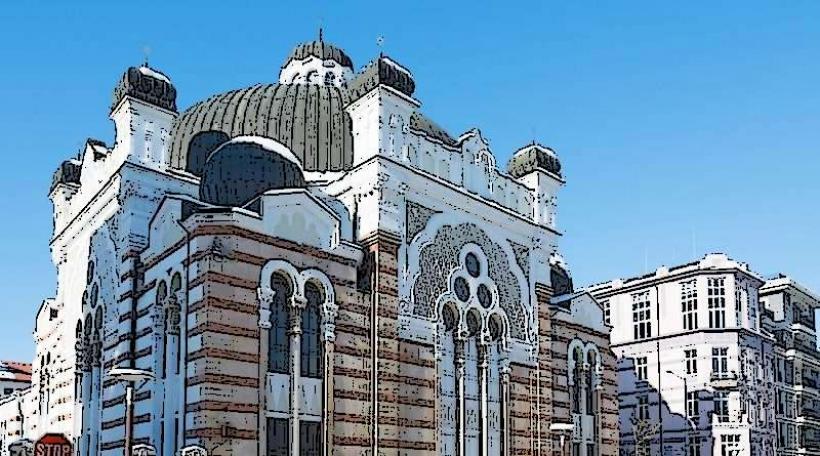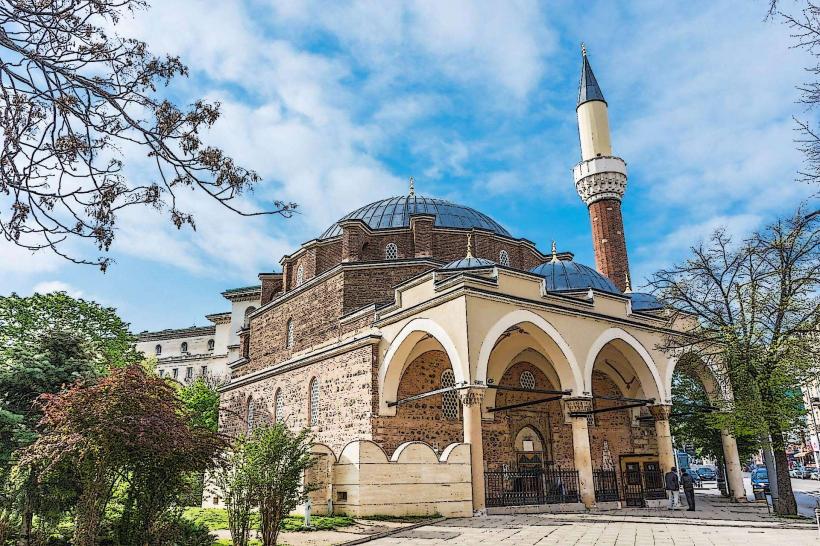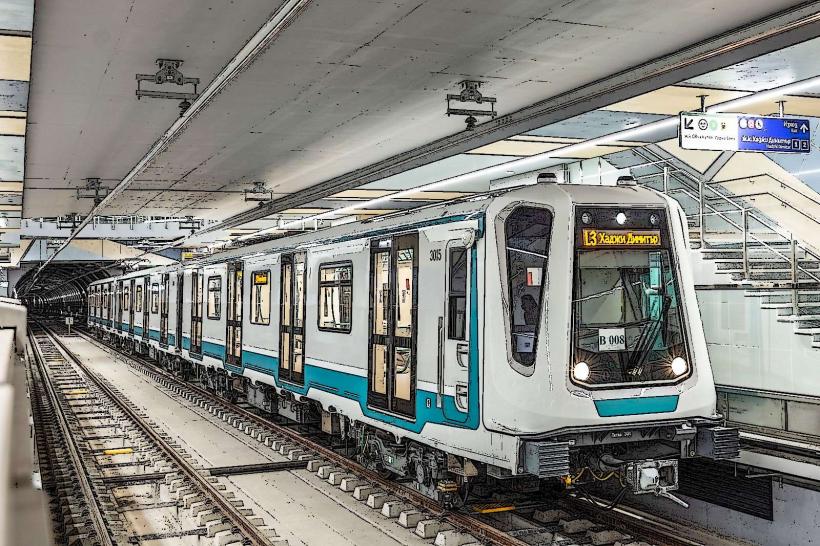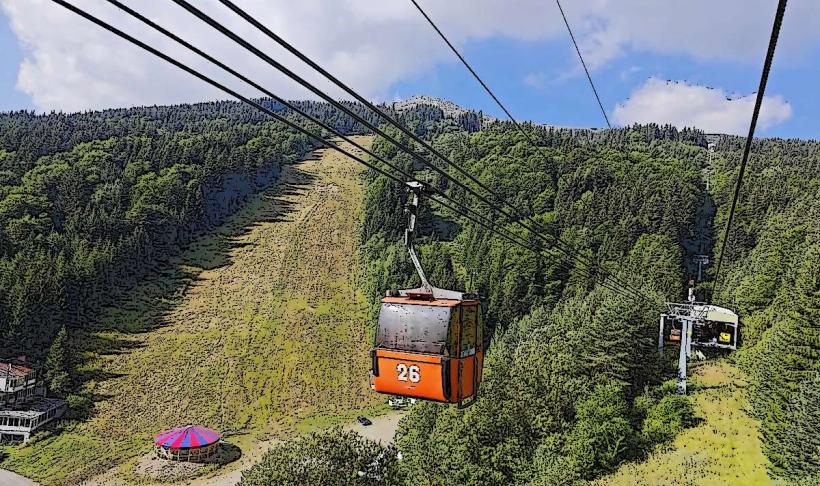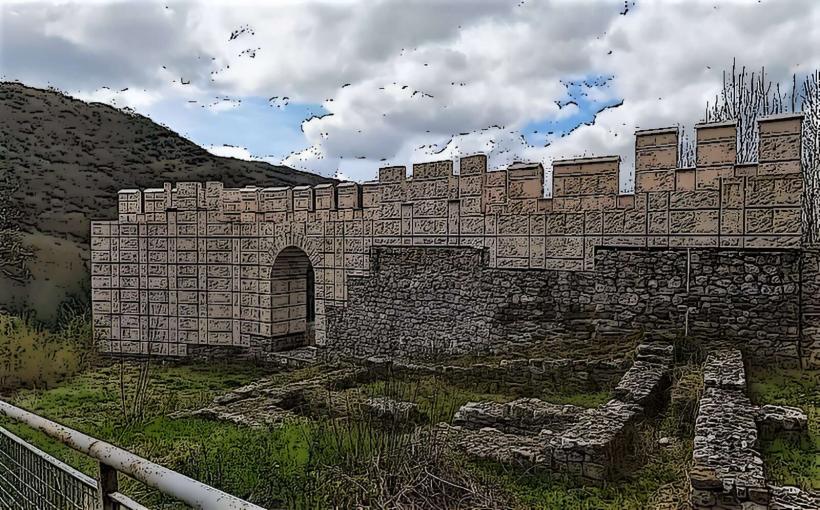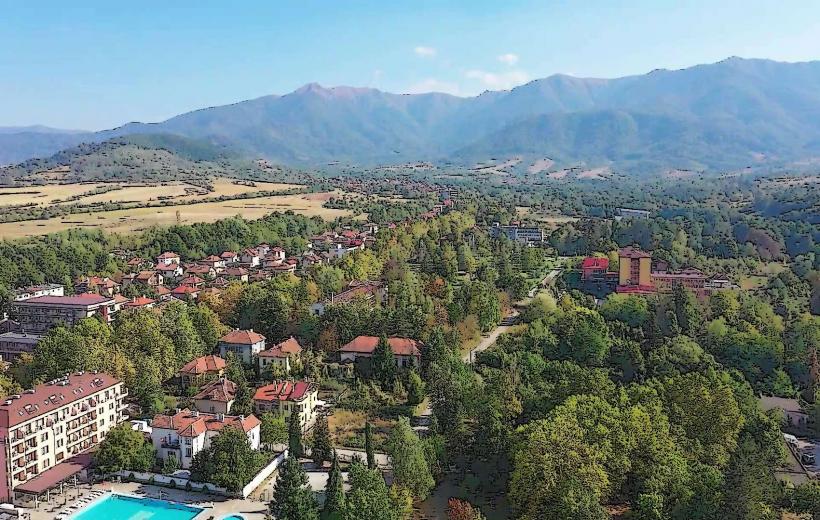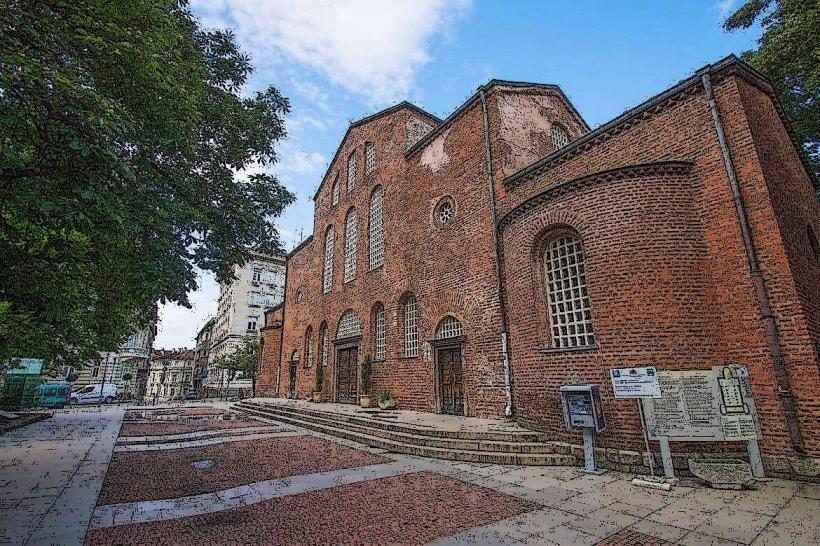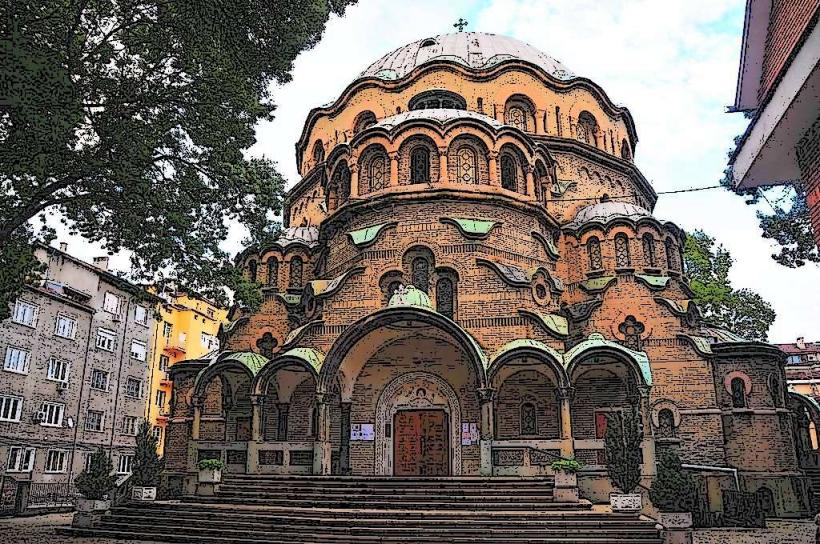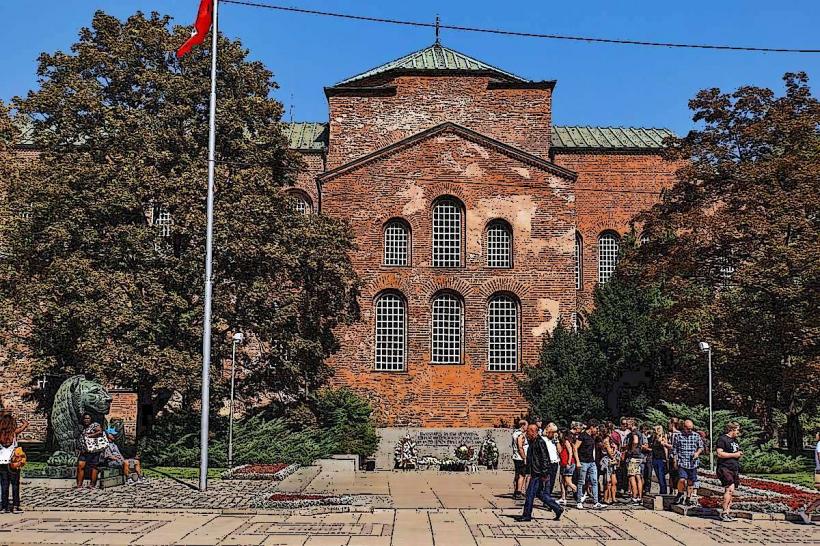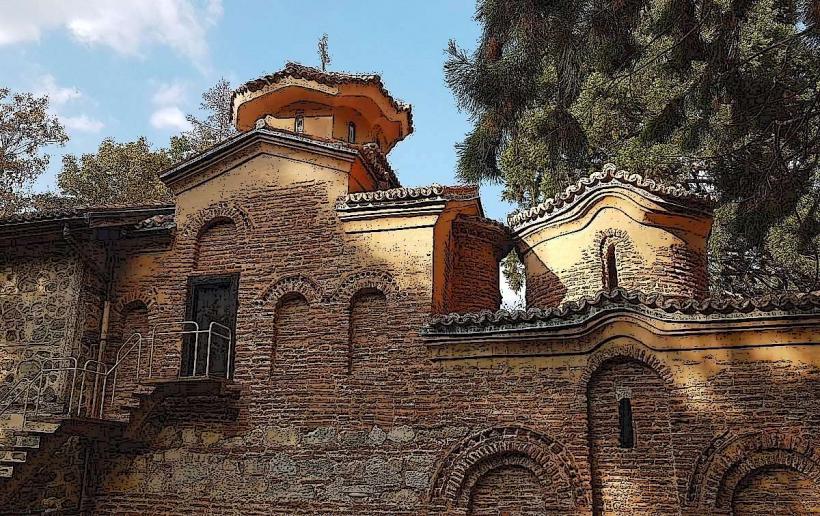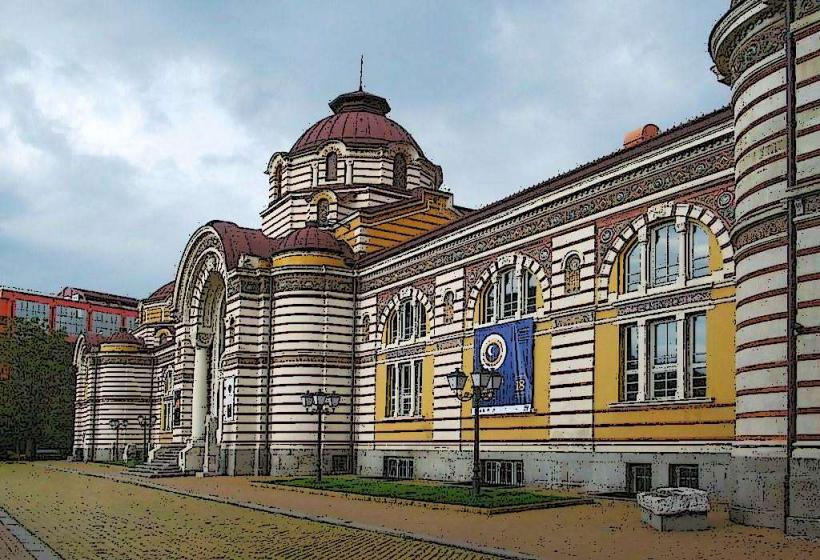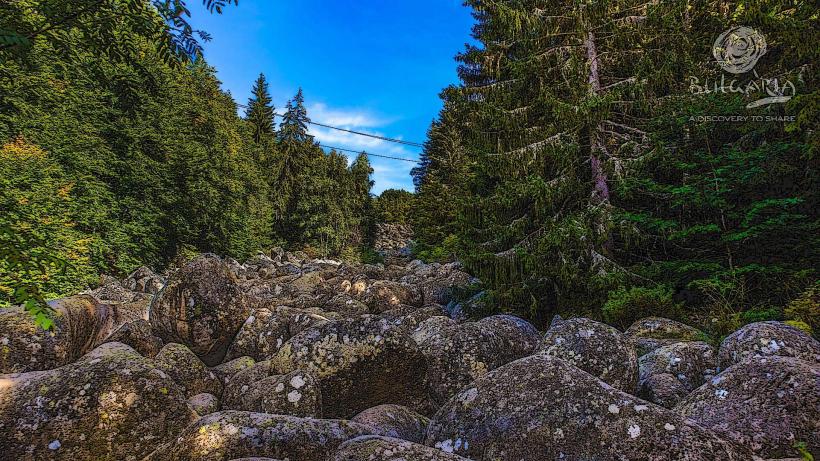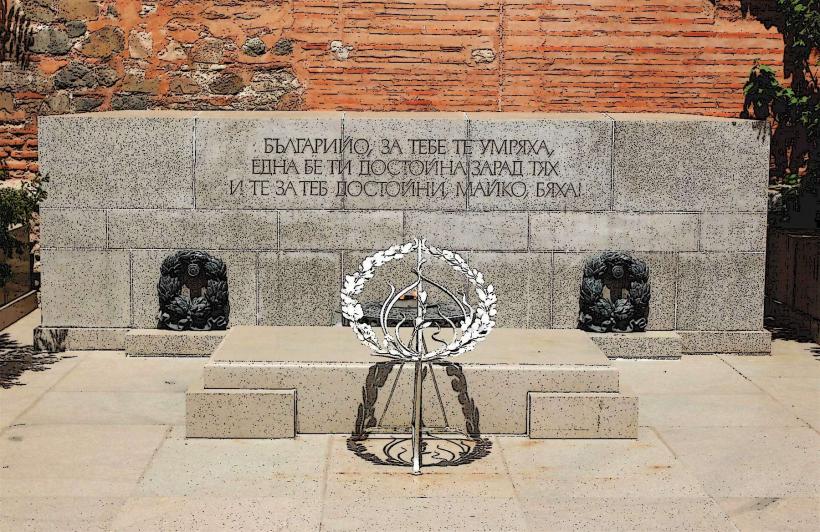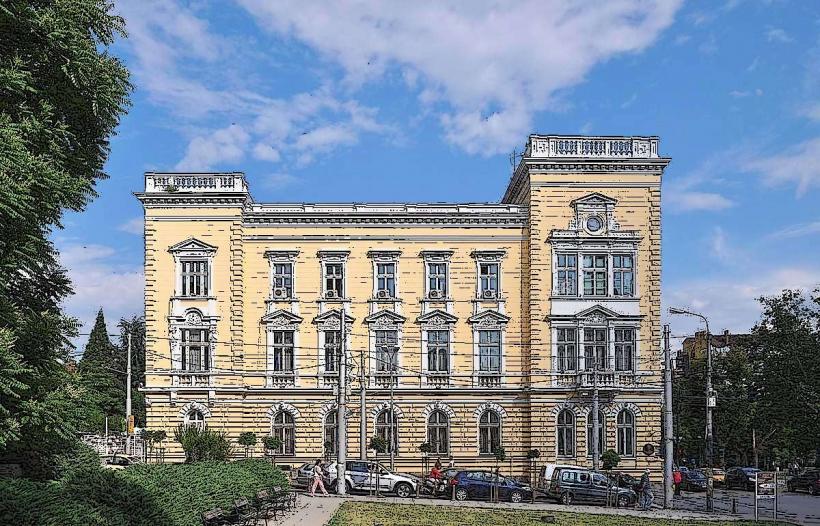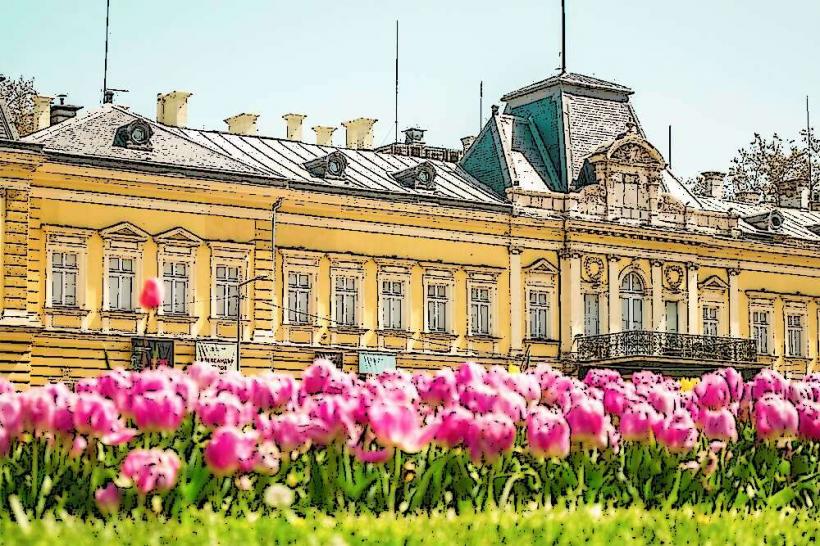Information
City: SofiaCountry: Bulgaria
Continent: Europe
Sofia is a city full of history, cultural diversity, and natural beauty. As the capital of Bulgaria, it has developed into a lively metropolitan center with a unique blend of ancient and modern influences. Here are some details that highlight Sofia's character:
Historical Significance
- Ancient Origins: Sofia’s roots trace back over 7,000 years, making it one of Europe’s oldest cities. It was originally founded by the Thracians and later became an important city for the Romans, who named it Serdica.
- Roman Ruins: Sofia is filled with Roman ruins, many of which are visible in the center of the city, including an amphitheater, public baths, and remnants of the Serdica fortress. The Largo, a central architectural complex, provides a view into the ancient city through glass-covered excavations.
- Churches and Monasteries: Notably, the 4th-century Church of St. George is Sofia’s oldest building and is surrounded by the remains of Roman structures. The Alexander Nevsky Cathedral, with its distinctive gold-plated dome, is a central icon of Sofia.
Cultural Hub
- Museums and Galleries: Sofia hosts a range of museums, including the National Historical Museum, the Archaeological Museum, and the Sofia City Art Gallery. These house artifacts and art pieces covering everything from prehistoric times to the present.
- Theater and Music: Sofia has a vibrant arts scene, with the Ivan Vazov National Theatre, Opera and Ballet House, and multiple concert halls. The city also frequently hosts international music festivals, especially in genres like jazz and folk.
- Cuisine and Markets: Sofia’s food scene is a blend of Balkan, Turkish, and Slavic influences. Many locals shop for fresh produce, cheese, and traditional dishes at the famous Central Market Hall or open-air markets like the Women’s Market.
Architectural Fusion
- Mix of Styles: Sofia’s architecture reflects its dynamic history, featuring a mix of Byzantine, Ottoman, Soviet, and modern influences. Soviet-era buildings like the National Palace of Culture contrast with more ornate Orthodox churches and Ottoman mosques.
- Iconic Buildings: The National Palace of Culture, Borisova Gradina Park, and the ancient Boyana Church, a UNESCO World Heritage Site, are architectural highlights that showcase Bulgaria's history and Sofia’s unique charm.
Natural Attractions
- Vitosha Mountain: Just outside the city, Vitosha Mountain is a popular destination for hiking, skiing, and picnics. The mountain’s proximity means residents and visitors can easily access nature without leaving the city.
- Parks and Green Spaces: Sofia is known for its numerous parks, including Borisova Gradina, which dates back to the 19th century, and Yuzhen Park, both of which offer plenty of space for recreation and relaxation.
Modern Lifestyle
- Growing Economy: Sofia is Bulgaria's economic center, and its tech industry has grown rapidly over the last decade. The city has become an attractive base for startups, largely because of its skilled workforce and relatively low operating costs.
- Nightlife and Shopping: Vitosha Boulevard is Sofia’s main pedestrian shopping street and features a variety of cafes, high-end boutiques, and restaurants. The city’s nightlife is vibrant, with an array of nightclubs, bars, and music venues that stay lively until dawn.
Multicultural Influence
- Religious Diversity: Sofia is a religiously diverse city. In the city center, you can find a church, mosque, synagogue, and cathedral within close proximity, symbolizing Sofia’s acceptance of various cultural and religious backgrounds.
- Expats and International Community: Sofia has seen an increase in expats and international students in recent years, adding to its multicultural vibe and fostering a community of people from around the world.

